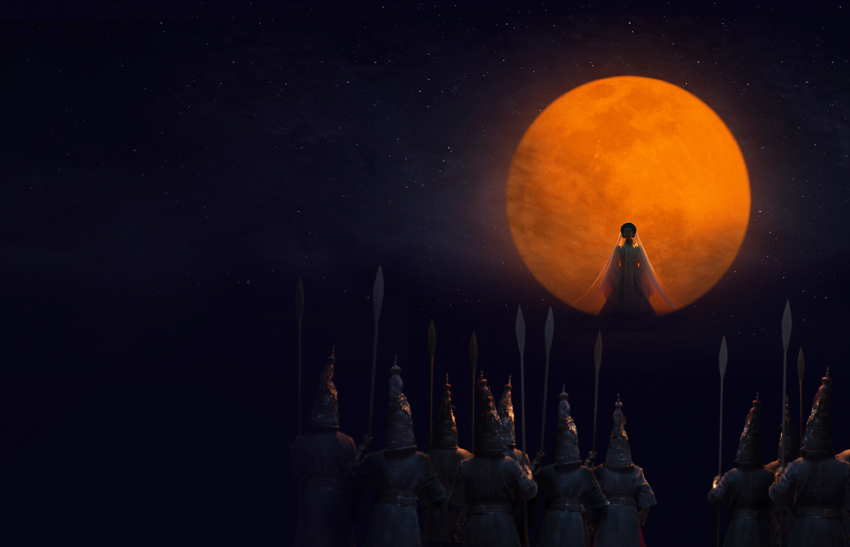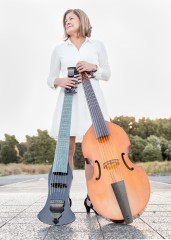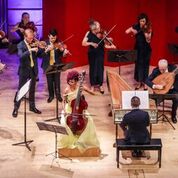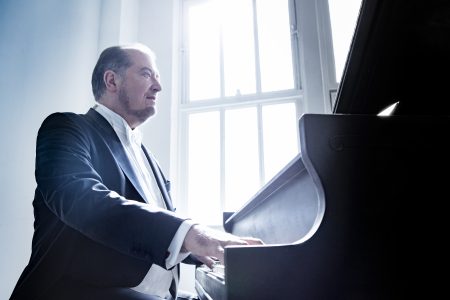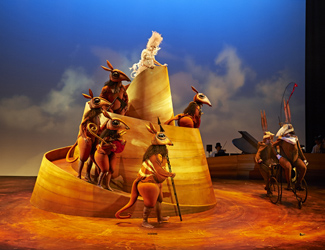Opera Review: Turandot/Opera Australia
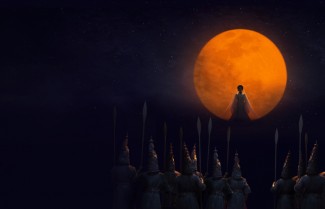
Turandot – Giacomo Puccini
Opera Australia, 24 June 2015
Joan Sutherland Theatre, Sydney Opera House
It is now 25 years since Graeme Murphy’s much-admired production of Turandot was first seen in 1990. During that time it has achieved almost iconic status because of the sheer beauty of many of its stage pictures. Murphy’s background as a choreographer is evident throughout as the opera unfolds in a series of fluidly moving tableaux. In some productions subsidiary stage movement can distract from the main focus of attention but here it enhances it. The mood is complemented by the late Kristian Fredrikson’s beautifully coloured sets and costumes and by the vivid lighting of John Drummond Montgomery which enhances the production enormously. This year the production has been revived by Kim Walker, himself a renowned choreographer, and it retains all its beauty and energy.
The title role is sung by the American soprano Lise Lindstrom. Her incisive voice is suited to Turandot and her upper register was able to ride above the full orchestra and choir. In quieter passages she was able to introduce greater subtlety into her phrasing. She looks good on stage and is a credible object for Calaf’s infatuation. It will be interesting to hear her next year in a wider and more dramatically demanding role singing Brünnhilde in Opera Australia’s Melbourne production of The Ring.
Calaf was sung by Yonghoon Lee who also sang Cavaradossi in the 2013 production of Tosca. Since then, his voice has grown much larger and he now has a very powerful top register. This suits the role of Calaf and he justly brought the house down for his Nessun dorma. In comparison, the lower register sometimes lost focus a little. All the same, there was some beautifully subtle singing in Non piangere Liù. Lee cut a dashing figure on stage,and was a convincing romantic hero for the opera. He has a tendency, however, to sing to the auditorium regardless of the on-stage situation and it weakens his dramatic impact.
Hyeseoung Kwon who sang Liù also sang Cio-Cio-San in the OA productions of Madama Butterfly in 2013 and 2014. Her voice is very well suited to the role of Liù and she enhanced the sympathy we feel for the character with some well controlled and sensitive singing. Dramatically she was very convincing and conveyed the character’s vulnerability very successfully.
Jud Arthur sang the role of Calaf’s father, Timur. His voice is strong and has a good depth of tone. It was another example of good casting.
Ping, Pang and Pong were respectively sung by Luke Gabbedy, Graeme Macfarlane, and John Longmuir – three excellent voices that shone both individually and in ensemble. Their long scene in Act 2 was well sustained – thanks also to the inventive production which keeps finding new ways to deploy the three flexible screens on which they disport themselves. One wonders, however, that if Puccini had lived to see the opera on the stage whether he might have shortened this scene.
The brief role of the Mandarin was sung by Gennadi Dubinsky with appropriate authority. Benjamin Rasheed portrayed the Emperor as being in extreme old age. The quavering voice which he used was somewhat overdone and sometimes verged on just being bad singing – which Rasheed’s previous admirable performances have certainly not displayed.
The chorus has a big role in Turandot and the Opera Australia Chorus acquitted themselves with another reliably excellent performance. Under Chorus Master Anthony Hunt they were, as usual, well disciplined and precise, each of the vocal parts having a fine tone in quieter, lyrical passages – including a lovely tenor sound. In the loudest passages they pin theaudience to the back of their seats without being raucous, and even give the impression of having power in reserve. The Opera Australia Children’s Chorus necessarily has frequently changing membership but it gave another reliable performance with a bright, pleasantly attractive tone.
The Romanian/American conductor Christian Badea led the Australian Opera and Ballet Orchestra through a well paced performance with well-chosen tempi. The orchestra was reliable and energetic, with the off-stage banda sounding suitable rustic. Having recently heard several performances in various European opera theatres I was again left lamenting the unhelpful acoustics in the Joan Sutherland Theatre which the fine orchestra strives valiantly to overcome.
Performances of this excellent production of Turandot continue until 28 August.
Larry Turner for SoundsLikeSydney©
Larry Turner has been singing in choirs for many years – both in Sydney and London. He is an avid attender of operas and concerts, with an emphasis on vocal music. He particularly enjoys music from both the great a capella period and the baroque – especially the lesser-known works of Bach and Handel. He has written programme notes for Sydney Philharmonia, the Intervarsity Choral Festival and the Sydneian Bach Choir and is currently part of a team researching the history of Sydney Philharmonia for its forthcoming centenary.

